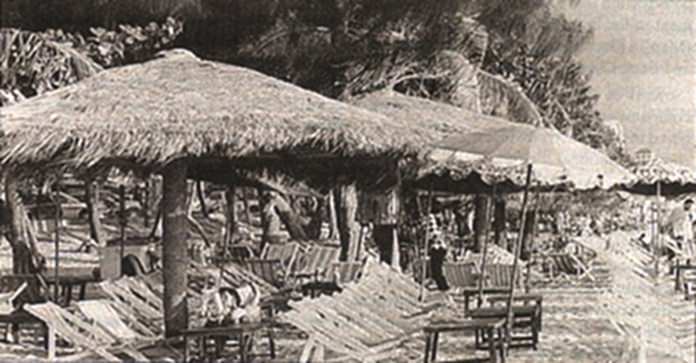
Your camera is a wonderful device which can capture your environment instantly. But as the Buddha taught, all of life is change. And that certainly goes for the Pattaya environment, though if you are reading this anywhere in Thailand, it is all changing as you watch it. Look at some of the big hotels and shopping centers. Can you remember what was there?
It is even accepted as part of “progress” that some buildings are being knocked down to make way for another expressway, even though some may not agree. However, no matter which way your opinion slants, the subject ‘progress’ makes for a great photo project, even though you may have sympathy for those folk being evicted.
The great thing about this photo project is that not only does it make you ‘work’ to produce a particular image, but the final images are eminently marketable. Even if taken with a point and shooter. Interested? You could even make money out of this!
All you have to do with this project is to show the progress that has occurred in any area – particularly the region that you live in. The concept is simple – contrast a “now” shot with what was there before. Sounds too easy? Well, it is not quite that easy! There are a couple of snags.
Probably one of the hardest aspects is getting the “before” or “then” shots in the first place. This will take some scrounging around, particularly in this region of the world, where not much stock was placed upon the last particular moment in time.
One of the greatest sources of the “then” images is postcards – particularly tourist market postcards. These were generally of reasonable photographic quality and also depicted the subject from a good angle.
So where are they? This is where you begin asking all the Thai people you know if they have any old photographs or postcards. After that, look in second hand shops, the dusty back corners of old Chinese chemist shops, funny old stores in Naklua – anywhere. But you do have to get these images first. Remember that you can have photographs scanned these days and you do not need the negatives. So all you have to do is borrow, if you cannot beg or steal! By scanning you can actually give the original photo back to its owner.
Do not worry about image quality, because no one expects old photographs to be pristine, in fact a little bit of fading and staining looks good in the final result, particularly the sepia tints, which you can do post production.
Next part of the project is to find the original area that was photographed and work out where the shot was taken from. The concept is to get as close as possible to the original, so that the difference between the “then” and “now” is just the progress. This does mean looking critically at the original and working out if it was taken by a wide angle lens or whatever. If the shot is more than 50 years old, it was probably taken with a “normal” 50 mm lens, so try that first and look critically through your own viewfinder, while looking at the original as the reference.
Of course, some will be easy, like Pattaya Bay taken from the Naval Lookout at the top of Pratamnak hill. Others, like the Nipa Lodge will be harder – just what angle did they take it from? It is also good to try and duplicate the time of day. Late afternoon or morning? Look at the shadows and you can work it out!
Now go out and re-take all those shots from yesteryear. You do want to be able to see that this is a re-take of the original. Near enough is not good enough. Some pictures may be too confusing if there are no landmarks. Be prepared to reject some shots!
Your new ones are worth having printed as at least 10″x8″ and mounted side by side with the faded originals (a diptych). This is what makes them so interesting (and so saleable)! It is up to you to be first in your neck of the woods (before they cut down the trees)!
 |
 |
 |





